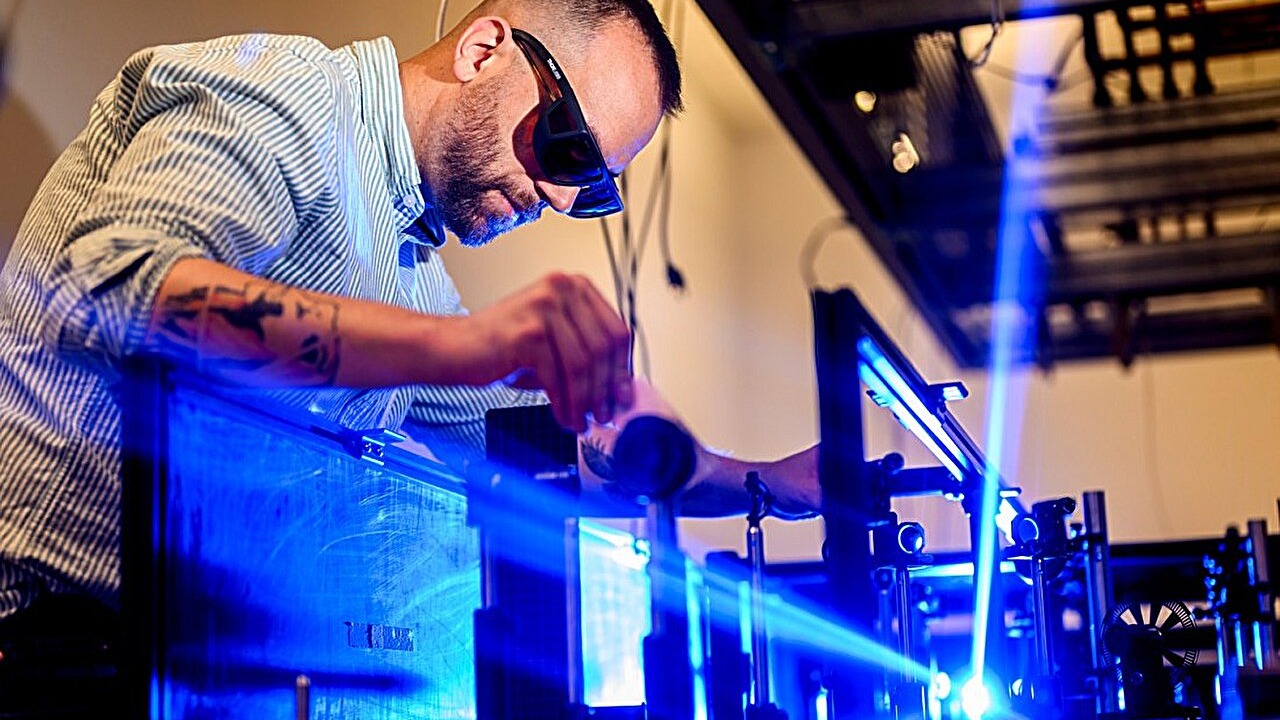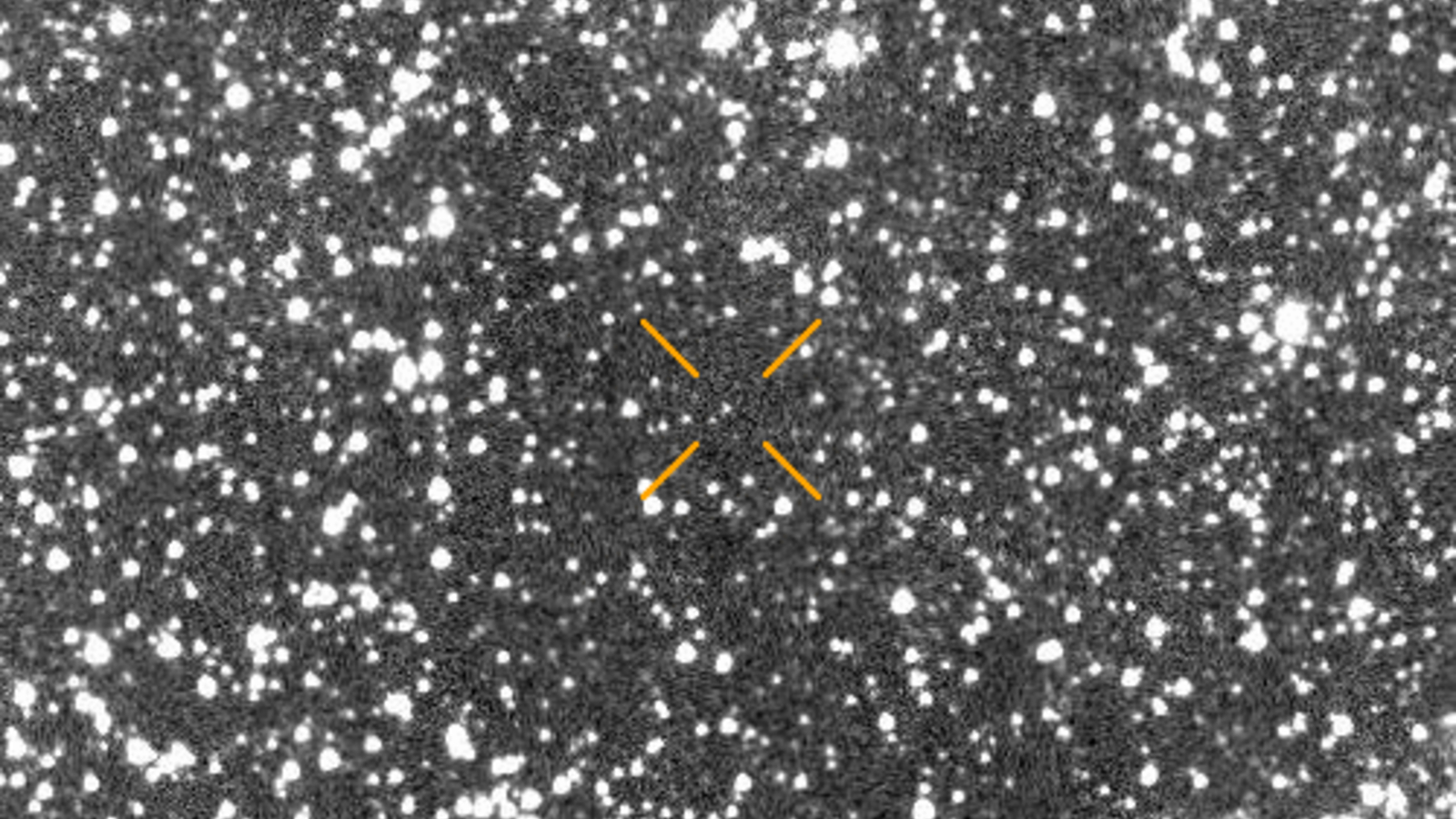A new method of changing electronic states on demand could make electronics 1,000 times faster and more efficient, researchers say.
In a new study published 27 June in the journal Nature Physics, scientists discovered that controlled heating and cooling of a quantum material allows it to both insulate from and conduct electricity, depending on the temperature.
This material, named 1T-TaS₂, could potentially replace conventional silicon components in electronics, including laptops and smartphones. Quantum materials could accomplish the same tasks faster while taking up exponentially less room, the research team suggested.
If materials like 1T-TaS₂ were adopted for use in electronics, the amount of information they could process in a second would increase 1000-fold. “Processors work in gigahertz right now. The speed of change that this would enable would allow you to go to terahertz,” Alberto de la Torre, a material physicist at Northeastern University and lead author of the study, said in a statement.
Thermal quenching
The technique the researchers used is called thermal quenching. It involves shining light on a material that has unique quantum properties when activated to increase its temperature. In the case of 1T-TaS₂, the activated trait is metallic conductivity.
This stable “hidden metallic state,” as the researchers call it in the study, has previously been achieved, but only at cryogenically cold temperatures and for less than a second. The new research demonstrates that this property can be attained by temperature fluctuations at more practical temperatures — around -100 degrees Fahrenheit (-73 degrees Celsius), more than 250 degrees warmer than past experiments — the scientists said in the statement. What’s more, the material 1T-TaS₂ can maintain its conductivity for months at a time with this method, which has never before been accomplished.
Related: Superfast diamond-laced computer chips now much closer to reality thanks to ‘quantum breakthrough’
When light is removed, the material’s temperature decreases and the 1T-TaS₂ falls back into its original insulating state. The result is comparable to a transistor — a semiconductor device in the majority of modern electronics that controls the flow of electricity. The advancement of transistors, in accordance with Moore’s Law, is often credited with the shrinking of computers from machines that once occupied rooms to ones that can fit into your pocket.
Understanding how to control quantum materials has the potential to similarly transform electronics, Gregory Fiete, a theoretical physicist at Northeastern University and co-author of the paper, said in the statement.
“What we’re shooting for is the highest level of control over material properties,” he said. “We want it to do something very fast, with a very certain outcome, because that’s the sort of thing that can be then exploited in a device.”
“There’s nothing faster than light”
Finding a way to switch between states of conductivity at higher temperatures is a game-changer for eventually replacing silicon-based technology, Fiete explained. Traditional silicon semiconductors contain many densely-packed logic components, which has physical limitations.
Because this new technique combines both conductive and insulating properties into a single object, quantum materials could accomplish the same tasks as silicon components while using much less space. “We eliminate one of the engineering challenges by putting it all into one material,” he said.
Thermal quenching may also increase computing speeds because it relies on light to control conductivity. “Everyone who has ever used a computer encounters a point where they wish something would load faster,” Fiete added. “There’s nothing faster than light, and we’re using light to control material properties at essentially the fastest possible speed that’s allowed by physics.”
This research opens up a new future for electronics, one where engineers can have instant control over a material’s properties. “We’re at a point where in order to get amazing enhancements in information storage or the speed of operation, we need a new paradigm,” Fiete said. “That’s what this work is really about.”













